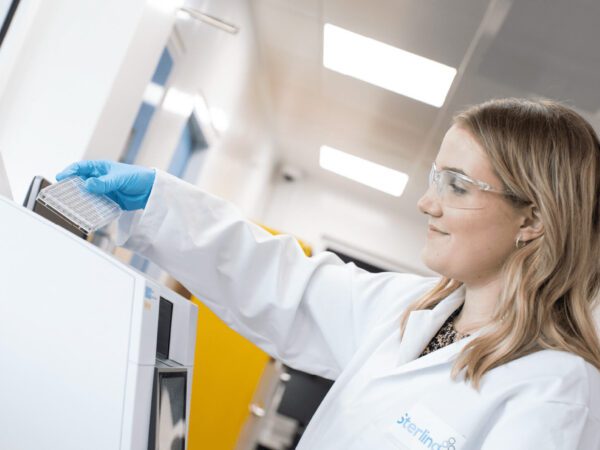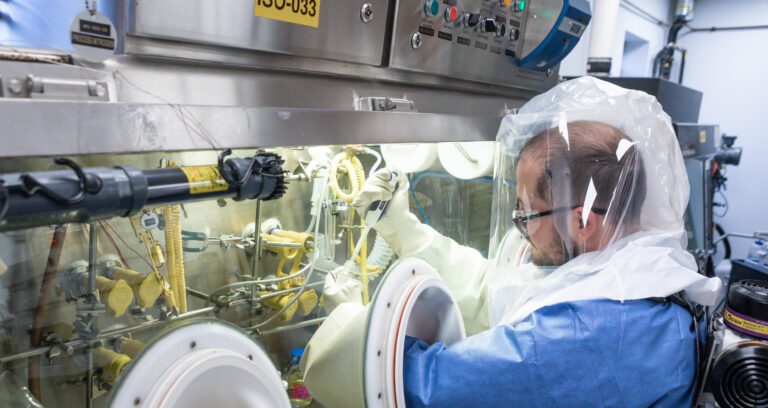The critical role of secondary suppliers in API manufacturing: Strategic priorities when selecting a drug substance CDMO
In the modern pharmaceutical landscape, integrity and resilience of the drug product supply chain have never been more important. The COVID-19 pandemic, ongoing geopolitical instability, regulatory complexities, evolving government policies and increasingly frequent natural disasters have exposed critical vulnerabilities, potentially none more impacting than an over-reliance on single-source active pharmaceutical ingredient (API) suppliers.
Establishing robust, well-qualified second sources with API manufacturing is not just smart, it is essential for both operational continuity and long-term commercial success.
Why secondary supply strategies in API manufacturing are an imperative
Secondary supply strategies within API manufacturing are imperative for several reasons, which are explored below.
A sole API manufacturing source represents the potential for a single point of failure. Disruptions due to raw material shortages, facility shutdowns, quality issues, regulatory enforcement actions, or even transportation bottlenecks can halt production, delay product launches, and result in drug shortages. Having a qualified second source minimizes this risk and ensures continuity of supply.
Second sourcing enhances commercial leverage. Over-reliance on a single supplier often weakens your position in price, payment terms, and responsiveness. With a qualified alternative, your organization can negotiate from a place of strength.
Regulators, including the FDA and EMA, are increasingly scrutinizing supply continuity and expect drug manufacturers to maintain business contingency plans. A documented second source strategy supports compliance and builds regulator confidence.
Market dynamics evolve rapidly. When demand surges or new markets open, having multiple sources allows for faster scale-up, regulatory flexibility, and access to global regions with different sourcing rules and expectations.
Key priorities when selecting a CDMO supplier for API manufacturing
Choosing a contract development and manufacturing organization (CDMO) for your API manufacturing supply, especially as a second source, is a strategic decision. Here’s what should guide your evaluation:
A reliable CDMO must have a strong history of GMP compliance and successful inspections from global health authorities (FDA, EMA, PMDA, etc.). Look for:
- Consistency in audit outcomes
- Transparent remediation history
- Recent inspection dates and scope
The CDMO must be technically proficient with your molecule class (e.g., small molecules, peptides, HPAPIs). Evaluate:
- Ability to match or improve upon your current synthetic route
- Experience with tech transfer and process development
- Access to process analytical technology (PAT) and QbD-based approaches
Probe deeper than the facility and the equipment it offers. Understand their:
- Raw material supply chains and sourcing strategies that may offer you a competitive advantage
- Geographic footprint and redundancy (e.g., multiple sites across multiple regions)
- Business continuity and disaster recovery plans
To ensure the success of your program, you need a partner, not just a vendor. Look for CDMOs that offer:
- Real-time data access and visibility
- Collaborative issue resolution
- Senior management involvement and accountability
Sterling is more than a traditional CDMO, we’re a PDMO® or partnership development and manufacturing organization. Click here to read more about what this means for our business and your project.
Many CDMOs are overcommitted. Ensure:
- Available capacity aligns with your timelines
- Flexible batch sizes and campaign timing
- Responsiveness to demand variability
While cost always matters, cutting corners is a false economy in pharmaceuticals. Ensure the CDMO is:
- Transparent in pricing models
- Competitive in total cost of ownership (TCO)
- Not compromising on quality for price
The best second source partners are long-term collaborators. Consider:
- Their long-term vision and investment roadmap
- Cultural compatibility with your team
- Willingness to co-develop solutions and share best practices
Pharma companies must evolve from reactive sourcing models to proactive, real-time, strategic supply chain planning. API second sourcing is not just a checkbox for regulatory readiness, it is a cornerstone of a resilient, efficient, and patient-centered supply chain.
The time to invest in secondary API sources is before disruption strikes. Choose wisely, plan ahead, and treat your CDMO as a strategic extension of your business, not just a transactional service provider.








